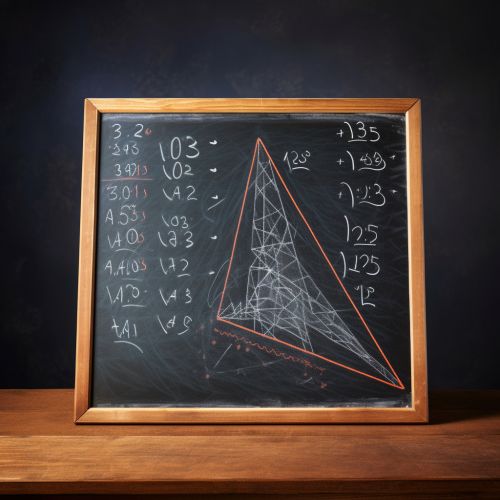Optimization (Mathematics)
Introduction
Optimization, in the context of mathematics, refers to the process of finding the best possible solution or outcome from a set of available alternatives. This discipline is a major branch of applied mathematics and is used extensively in fields such as economics, engineering, operations research, and computer science. The process of optimization involves identifying an objective function, which is a mathematical representation of the problem, and then determining the input values that will maximize or minimize this function.


History
The concept of optimization has been present in mathematics for centuries. Early examples of optimization problems can be traced back to ancient Greece, where mathematicians like Euclid and Archimedes attempted to solve problems involving geometric shapes with maximum or minimum properties. In the 17th century, mathematicians such as Isaac Newton and Gottfried Leibniz developed the foundations of calculus, which is a fundamental tool in optimization.
Types of Optimization Problems
Optimization problems can be broadly classified into two categories: deterministic and stochastic.
Deterministic Optimization
Deterministic optimization problems are those where the objective function and constraints are known and fixed. These problems can be further classified into linear and nonlinear optimization problems.
Linear Optimization
Linear optimization, also known as linear programming, involves problems where both the objective function and the constraints are linear. These problems can be solved using various methods such as the Simplex method or Interior-point methods.
Nonlinear Optimization
Nonlinear optimization problems involve an objective function or constraints that are nonlinear. These problems are generally more complex and harder to solve than linear problems. Methods for solving nonlinear optimization problems include Newton's method and Gradient descent.
Stochastic Optimization
Stochastic optimization problems are those where some elements of the problem are uncertain or subject to randomness. These problems are typically solved using methods that incorporate probability and statistics, such as Monte Carlo simulation or Stochastic gradient descent.
Applications
Optimization techniques are used in a wide range of applications across various fields.
Economics
In economics, optimization is used to find the most efficient allocation of resources. For example, firms use optimization to determine the optimal level of production that will maximize profit.
Engineering
In engineering, optimization can be used to design systems that perform optimally under given constraints. For example, in structural engineering, optimization techniques can be used to design structures that are both strong and lightweight.
Computer Science
In computer science, optimization is used in areas such as algorithm design, machine learning, and data analysis. For example, in machine learning, optimization techniques are used to adjust the parameters of models to improve their performance.
Conclusion
Optimization is a powerful tool in mathematics and its applications are vast and varied. It provides a systematic and efficient way to find the best possible solutions to complex problems. Despite its complexity, the field of optimization continues to evolve, with new techniques and methods being developed to solve increasingly complex problems.
